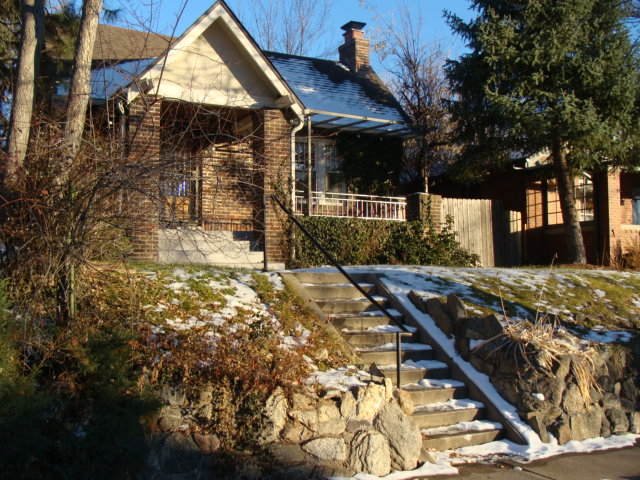Tax Time in Colorado: How Your Property Taxes are Determined
Under Colorado law, all counties must reappraise real properties every two years. The Notice of Valuations (NOV) must be mailed to the property owners on or before May 1st, on odd numbered years (2017). The taxes will be for the following 2 years. The tax rates are set in December each year.
For most properties, 2018 (Intervening tax year) taxable value will remain the same as that of 2017, as reflected on the 2017 NOV owners receive by mail. Property owners will receive a 2018 Notice of Value only if there was some change to the property from 2017.
If a property owner does not agree with their valuation, they can appeal May 1st to May 31st 2017. Under state statute, property valuations are not finalized until after the appeals process is concluded.
The Assessor must make a decision and mail a Notice of Determination (NOD) on Real and Personal Property appeals by the last working day in August.
If you disagree with the Assessor’s determination, you can file a written appeal to the County Board of Equalization (CBOE) on or before September 15.
The property values have increased significantly in many counties. The city of Denver has published this heat-map of median value changes.
“Countywide, the Boulder County Assessor’s Office revalued 121,000 taxable real properties. The estimated value of residential property in Boulder County, which includes manufactured and single family homes, condominiums and townhomes, has increased 24 percent. Multi-family residential properties have increased 35 percent while commercial property has increased 23 percent countywide” per the Denver Department of Finance.
Assessment Calendar
- May 1 or earlier: Notice of Valuation (NOV) for real property, together with an appeal-form sent to taxpayer.
- May 1 – May 30: Taxpayer must send notice of Real Property Appeal to Assessor.
- June 28 or earlier: Assessor mails two copies of Notice of Determination concerning Real Property values to taxpayer.
- July 1 and on: County Board of Equalization (CBOE) sits to hear appeals on the valuation of Real and Personal Property.
Property Tax Calculation
- Taxes are based on the assessed property values.
- Assessed property values are calculated by multiplying the actual value by a percentage, assessment rate (assessed value = actual value x assessment rate)
- The assessment rate is subject to change in odd numbered years, by the Colorado Legislature, as prescribed by the Gallagher amendment.
- Tax rate/Mill levy calculation:Taxing authorities (school boards, county commissioners, city councils, etc.), divide portion of the budget that must come from property taxes by total assessed value of the propertied in the county to arrive at tax rate.
- Tax rate or mill levy are two different ways to express the same thing.
- If, for example, the budget for is $14,600,000, and the total assessed property value is $365,000,000
- Then the tax rate = $14,600,000/$365,000,000 = 0.04% per dollar of assessed value (or 40 mills or $40 per $1000)
- An Example:Individual property tax is calculated by multiplying the mill levy and the assessed value:
- Your property value = $200,000
- Assessment rate = say, 7.96 % for residential (29% for non-residential properties including vacant land)
- Assessed value = $200,000 * 7.96% = $15,920
- Your tax = Assessed Value X Tax Rate = $15,920 * $0.04 = $636
Disclaimer: This post is for informational purpose only. Please consult with your tax professional and your county’s ass

